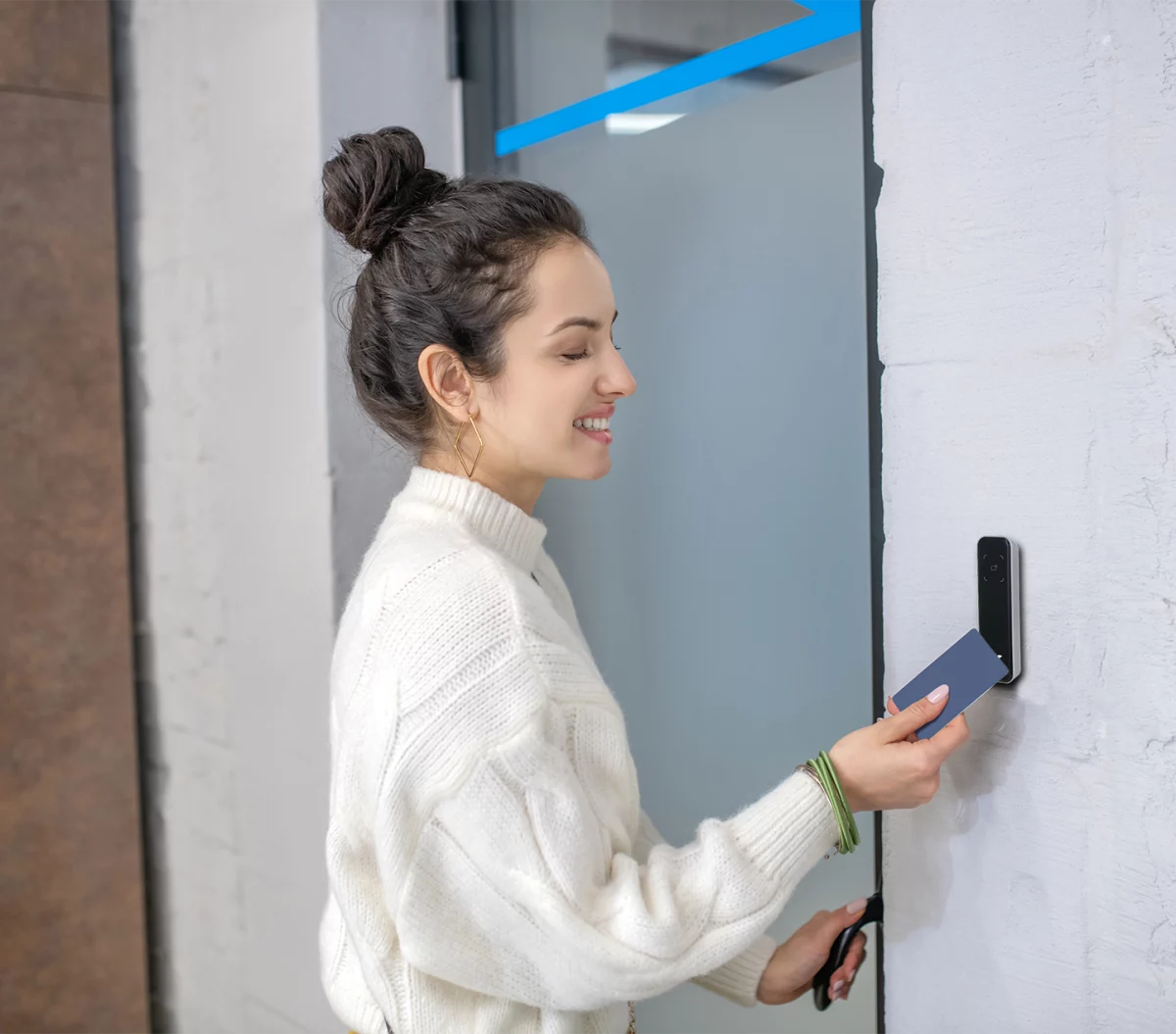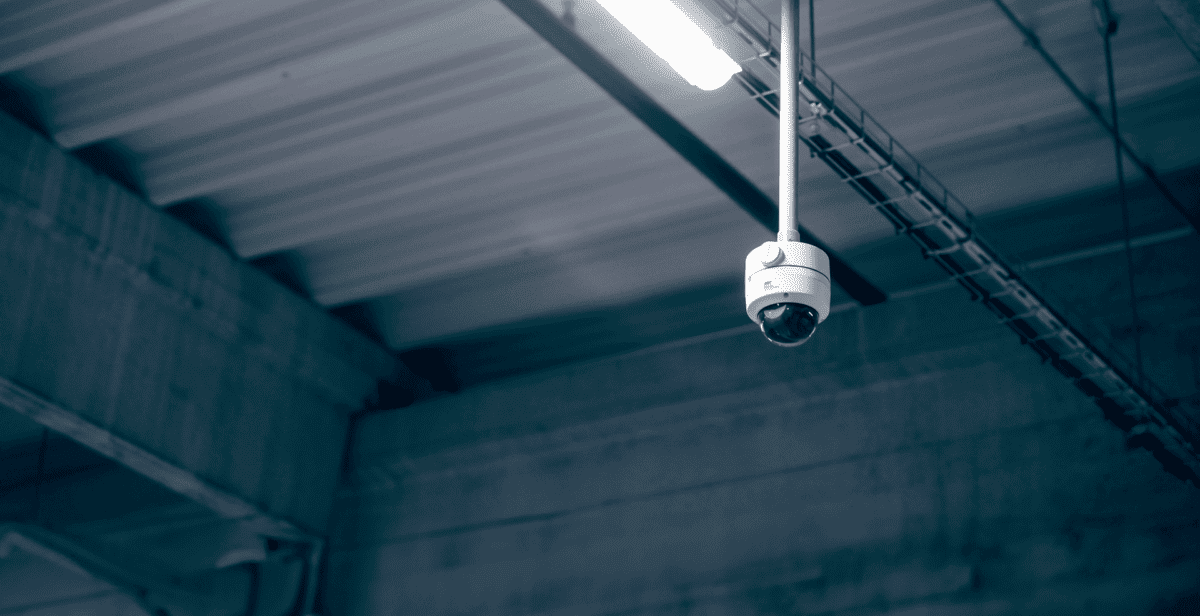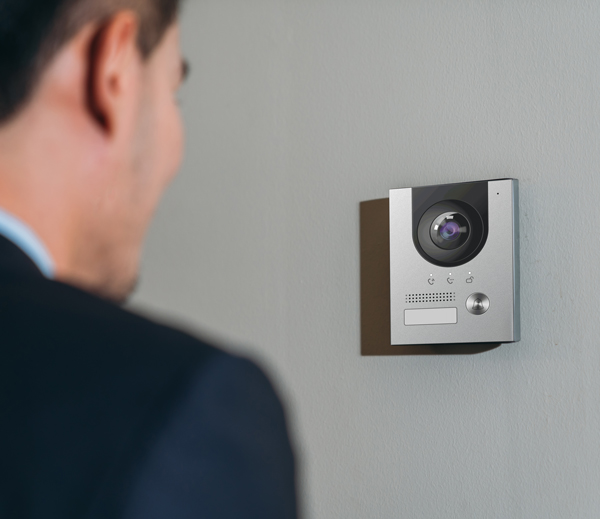
Are All Biometric Readers The Same?
In our ever-changing, fast-paced world, security concerns are increasingly prominent. As more cases of intrusion, theft and security breaches become commonplace, businesses worldwide are turning to biometric authentication technologies that are not just reliable but difficult to imitate.
There are many different types of biometric readers – fingerprint scanners, vein recognition, facial scanners, iris recognition, and so on. Though these all share the common practice of using a person’s unique features to identify the user and check their credibility, one question arises: are all biometric readers the same? Let’s explore.
Biometric Fingerprint Scanners
Among the range of biometric readers, fingerprint scanners arguably enjoy the most widespread recognition and use. These devices operate by leveraging the unique patterns of ridges and bifurcations found in our fingerprints, essentially turning our prints into a digital code and personal identification key.
Their popularity is attributed to the following features:
- High security – The odds of one fingerprint matching another is around 1 in 64 billion, resulting in a very low error rate.
- Fast authentication – They are able to quickly assess the authenticity of the user, speeding up the verification process.
- Always available – Unlike cards or passwords, your fingerprints are always with you, reducing the issues of lost or forgotten credentials.
- Adaptable – These devices can adapt to a variety of environments and use cases, providing flexibility in deployment.
- Low false reading rate – Their ability to accurately identify users reduces potential security risks.
Vein Recognition Biometric Readers
Less known but equally fascinating is the vein recognition system. To use, the person presents their fingers in front of the scanner and the system will check their credentials. This security solution maps out the unique pattern of minuscule blood vessels, or veins, in your fingers using infrared technology.
Key features include:
- Increased accuracy – It provides a more accurate method of identification compared to fingerprint scanning, with lower rejection and false acceptance rates.
- Non-Invasive – As it doesn’t require the user to physically touch the scanner, it is perceived as less invasive.
- Dual Biometrics – The method often merges two biometrics (fingerprint and vein pattern) into a single identification template, enhancing security.
- High Security – This is an excellent solution for high-security environments where protection of sensitive information is critical.
Facial Biometric Readers
Similar to the vein recognition solution, this technology is contact-free, presenting as less invasive and eliminating the risks of surface contamination. Facial recognition technology confirms the person’s identity based on the available data, an image of someone’s face stored in the internal database.
Features include:
- Ease of use – Thanks to the integration of this technology in modern smartphones, many people are already familiar with it.
- Remote Identification – This technology allows for remote verification, making it ideal for digital platforms.
- Fast authentication – They can quickly assess the user’s authenticity, which speeds up the verification process.
- Always available – Unlike cards or passwords, your fingerprints are always with you, reducing the problems associated with lost or forgotten credentials.
- Adaptable – These devices can adapt to a wide range of environments and use cases, allowing for greater flexibility.
Iris recognition Biometric Readers
Iris recognition is another high-security solution, it uses mathematical pattern recognition techniques on video images of one or both irises.
- Unique patterns – Each individual has unique iris patterns, which increases the security level compared to other biometric systems.
- Highly secure – The chance of two people sharing a similar iris pattern is astronomically low, making this technology incredibly secure.
- Hands-free – This technology is ideal for hands-free use and indoor environments.
- Non-Invasive – It does not require physical contact, reducing hygiene concerns.
Iris recognition is ideal for hands-free and indoor use, but it has yet to reach mainstream adoption due to its higher costs and lower user acceptance rates compared to other biometric systems. Despite these challenges, its security features make it a contender in development and usage is still quite high, making it less accessible to many users and businesses. Therefore, while it holds potential, it’s not the ultimate solution for all scenarios.
Voice Recognition
Voice recognition technology takes advantage of the unique vocal characteristics of a user for identification. It’s particularly useful for remote authentication, proving convenient and minimally invasive. Features include:
- Minimally invasive – The technology is less invasive than other biometric solutions as it only requires the user’s voice.
- Unique characteristics – Every individual has unique vocal characteristics, making voice recognition a potential tool for secure identification.
- Ease of Use – It does not require any specialised hardware beyond a microphone, making it a relatively accessible solution.
However, this technology has its fair share of challenges. Poor-quality voice samples, variability in a speaker’s voice due to illness or mood, background noise, and changing calling technology (digital vs analogue) can all impact its accuracy. Security concerns also linger, as evidenced by instances where systems were fooled by voice mimicry. While it holds promise, it’s not infallible. GDPR is a factor with voice recognition,
What is the Future of Biometrics?
Looking to the future, fingerprint and facial recognition technologies are poised to lead the biometrics landscape. However, as biometric technology continues to evolve, new contenders may emerge, and current technologies will undoubtedly be refined.
The landscape of biometric readers is as diverse as our physiological attributes. Each reader, whether it’s the convenient fingerprint scanner, the contact-less vein and facial readers, ultra-secure iris recognition, or user-friendly voice technology, each brings its unique strengths. Regardless of these differences, what unites these technologies is their invaluable role in strengthening our security, proving that in the world of biometrics, variety truly is the spice of life.
For more information on biometric access control solutions, contact us and our security experts will help you. Email [email protected] or call 03335677799 (UK) or 016833368 (IRE)




